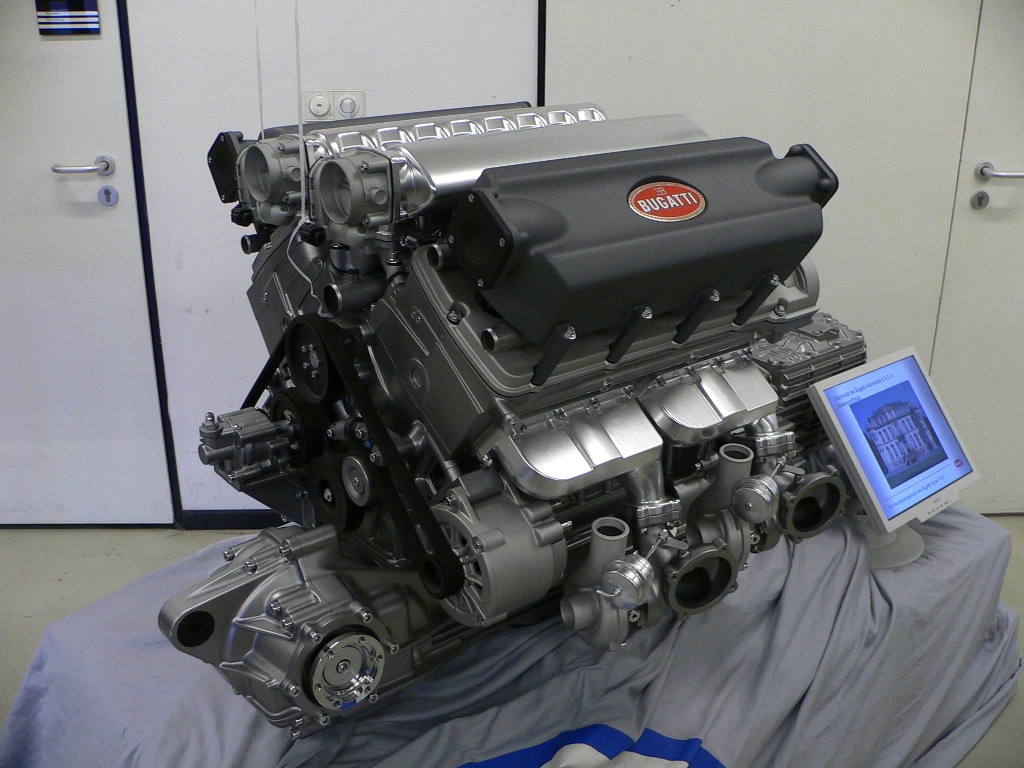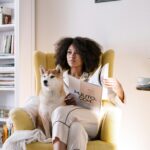Pollution in the air through modes of transportation has been a primary source of global concern for long. Intensive research is still being carried on to keep the pollution level down and help save the earth. A breakthrough came in the form of Tier 4 Final Engine. First implemented in 2008, it is now fast becoming a global phenomenon.
What is the Tier 4 Final?

Tier 4 is a set of regulations that have been rolled out by the Environmental Protection Agency (EPA). It is a part of the Clean Air Act to reduce the emission of oxides of nitrogen (NOx), carbon monoxide (CO) and non-methane hydrocarbons (NMHC) along with the particulate matter primarily from nonroad diesel engines.
Particulate matter is the noxious black smoke or soot emitted by diesel engines which consist of unburned fuel and oil along with Sulphur compound-soaked specs of solid carbon and oxides of nitrogen. These pollute the environment severely and cause health hazards leading to about 12,000 premature deaths, 15,000 heart attacks, and 8,900 hospitalizations each year.
The new and strict law aimed to cut down these emissions by 90 percent. It made it compulsory for engine and equipment manufacturers to research intensely and develop new technologies and techniques to make their equipment meet the new law standards. It also led to the development of Tier 4 technology which made several changes in the engine’s way of performance to meet the EPA Tier 4 standards, considered as nothing less than astounding.
Understanding the changes made to the diesel engine

One cannot expect zero emissions from diesel engines as they burn fuel for power. But the law made it mandatory for the manufacturers to make some revolutionary changes in the engine design and its technology which created some of the cleanest prime movers that you can lay your hands on. A few major changes made were:
- Earlier the focus with diesel engines was on the mechanical work done by them, but the Tier 4 Final technology converted the complaint diesel engines to electronic control systems. It entailed a change in both the design and the production method, thereby completely revamping the line which made the engines.
- Other engine improvements included are in-cylinder combustion optimization, turbocharging strategies, high-pressure rail fuel injection systems with multiple events per cycle, electronically controlled injector solenoids, etc. that made meeting Tier 2 and Tier 3 standards comfortable.
- A major part of the Tier 4 Final Engine is the exhaust after-treatment that has made meeting Tier 4 final regulations easy. The technologies employed here are:
- Selective Catalytic Reduction (SCR)- This method combines exhaust gases with ammonia (Urea or DEF, diesel emissions fluid) and then is passed over a catalyst to convert the hazardous NOx to harmless nitrogen and water.
- Diesel Particulate Filter (DPF): This is a mechanical filter installed in the exhaust system to trap the harmful PM or soot after partially oxidizing them with a catalyst. The filters get gummed up after some time and are then cleaned by passive or active regeneration in which warm and hot temperature cycles are used to burn off the accumulated carbon.
- Exhaust Gas recirculation (EGR)- In this method, a small amount of cooled exhaust gas is recirculated back into the combustion chamber to reduce the combustion temperature and lead to reduced production of NOx. It increases particulate emissions, which are then controlled by the DPF.
Wrapping up
Today, the Tier 4 Final compliance is employed in most modern vehicles for a cleaner and healthy paving a way towards a better future.








